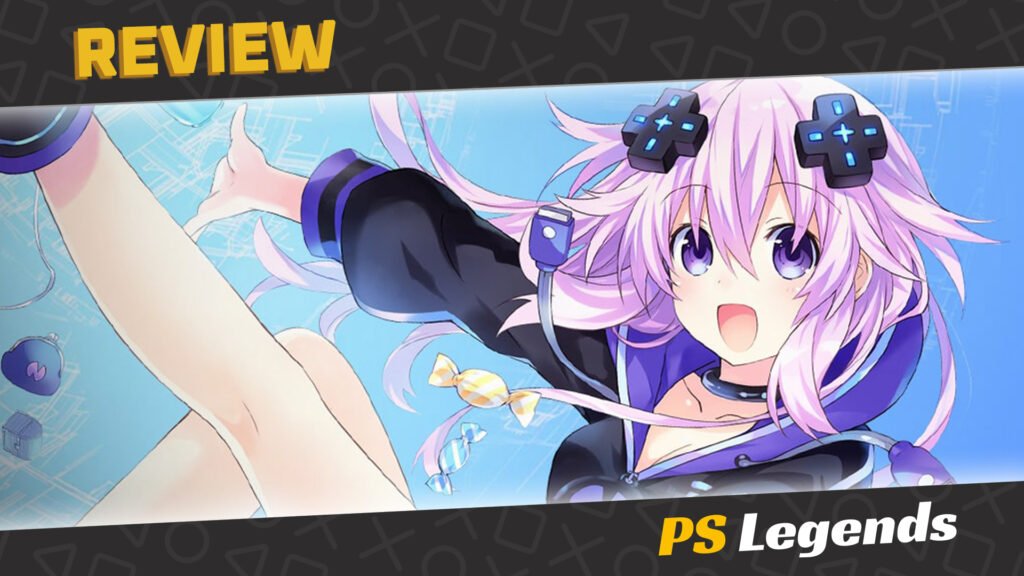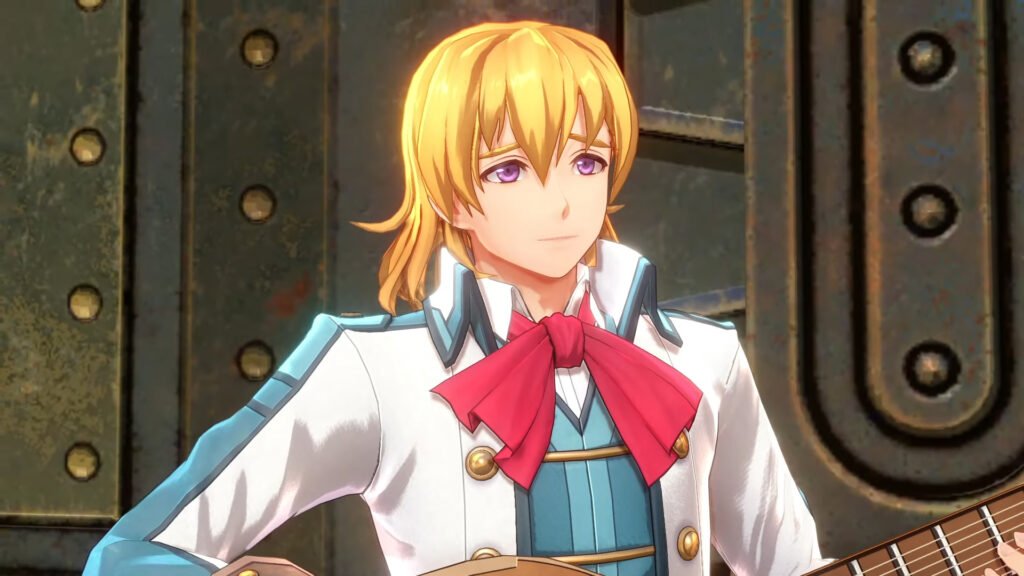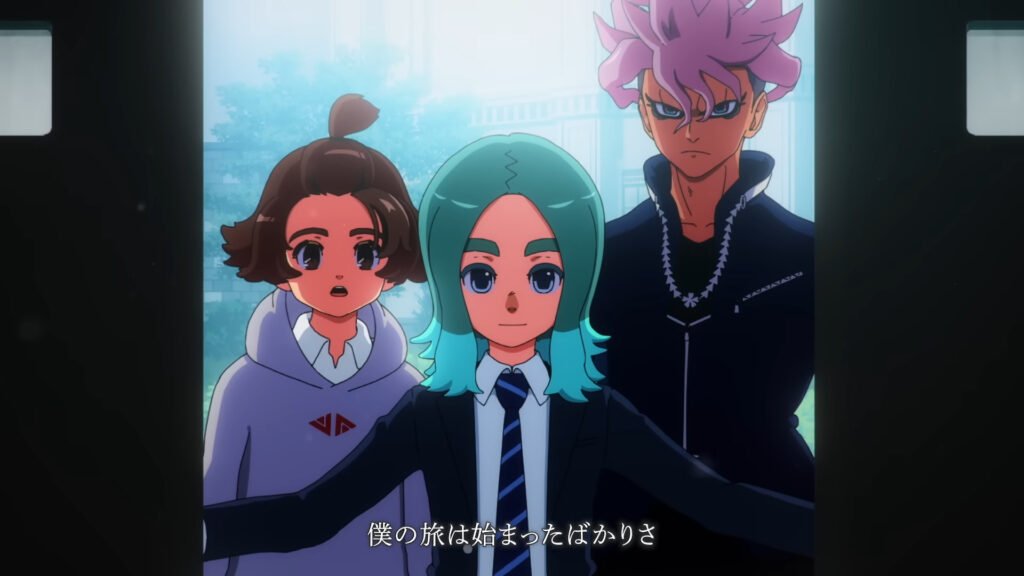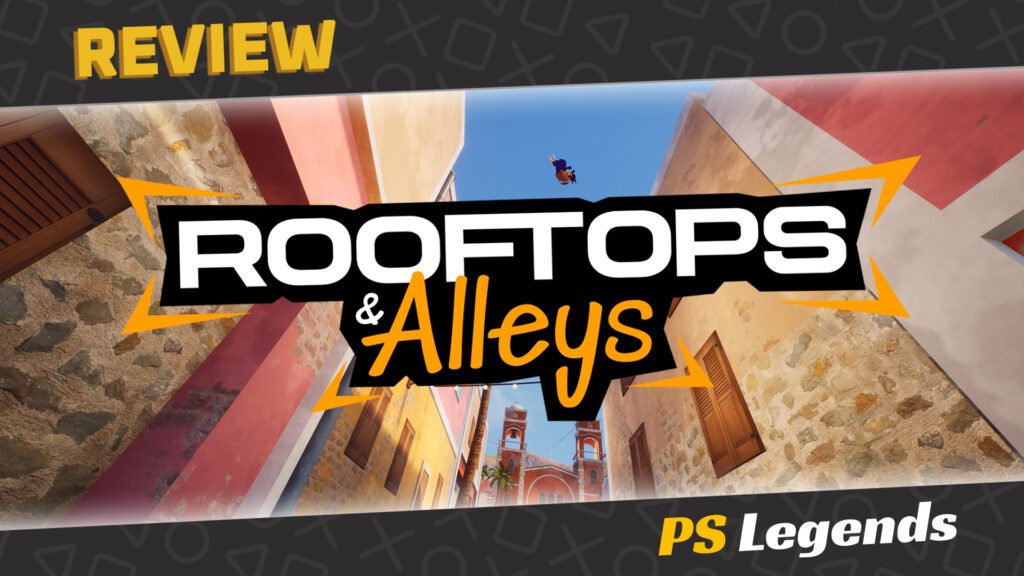
As much as I love the Neptunia series, I’m finding it something of a nightmare to actually jump back into, not because of some design flaw that spoils the games, but rather their availability on PlayStation. We had it great for a while, a solid PS3 trilogy and a superb collection of Vita remakes and spin-offs, but then the console generation reset, and past games remained on past consoles, no longer compatible with current hardware for those who wish to return to the series’ roots.
On PS4 (and by extension PS5), things kinda slowed down for the series; Releases were fewer and farther between, and for the only non-spin-off game released on PS4, the respectable Megadimension Neptunia VII, there wasn’t an alternative console to remake the game for, which was becoming somewhat customary at the time. Nevertheless, Megadimension Neptunia VII was indeed remade, this time for the same console it originated on, making this new version something of a ‘director’s cut’ too.
On This Page
Introduction
Two years after the release of Neptunia VII, Megadimension Neptunia VIIR (pronounced “V2-R”) launched again for the PlayStation 4, a remake of the game that changes the battle system, alters some content and adds PlayStation VR functionality. The remake also uses Silicon Studio’s OROCHI 4 game engine and MIZUCHI rendering engine. It was released on May 11th, 2018.
In addition to the story are the VR events that can be unlocked where the main four goddesses visit the ‘player’ and spend time talking about themselves. The player will sometimes be given choices that will slightly affect the conversation. Another form of these VR events happens during the main story as the older version of Neptune visits the player, providing light commentary on the main story’s events.
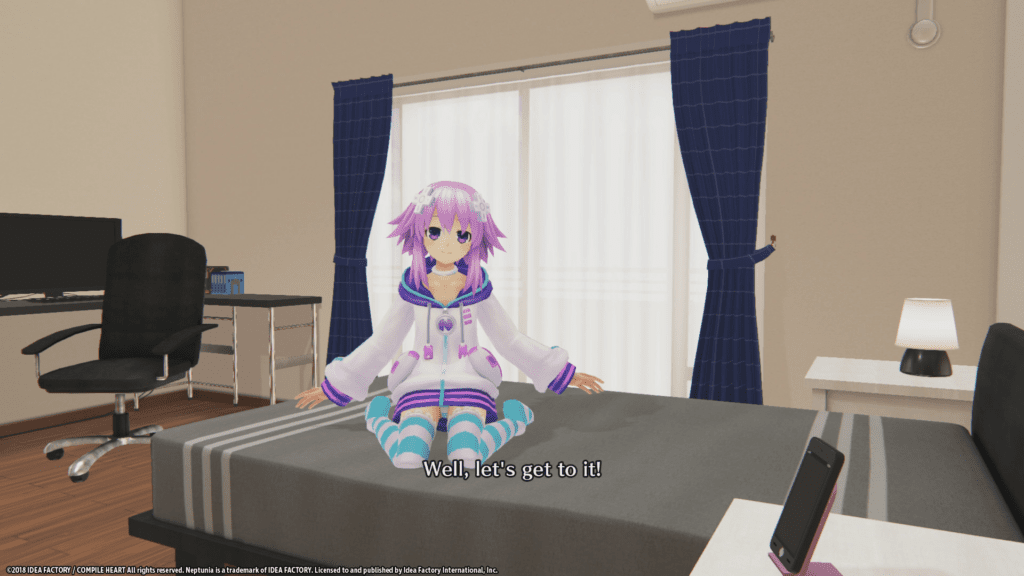
Story
The story of the remake actually takes place after the original version of the game. Planeptune’s Oracle Histoire expresses gratitude to the player for helping with the events that took place in the game. The events of the original game were made into a “game” by Histoire as a way for the player to experience these events again. The remake’s story happens as a retelling of the events of the original game up to and including its ‘true’ ending and thus removes the alternate ending option, and some events are slightly altered to make the story progression more streamlined.
Revisiting the events of the base game, Neptune, the ruling Console Patron Unit (CPU) and Nepgear, her sister and CPU Candidate of the nation of Planeptune, proceed to slack off with their leadership duties despite threats from Histoire, who warns them that the world is entering the ‘CPU Shift Period’, where the public will attempt to discredit and oust their CPUs in favour of newcomers. Before Neptune and Nepgear can prepare properly, they stumble across an old Sega Dreamcast console which, when activated, transports the pair to the mysterious Zero Dimension.
Upon discovering this new dimension is a ruined wasteland inhabited only by monsters, the two are surprised to find a survivor, Uzume Tennouboshi, who is also a CPU. Neptune and Nepgear learn that, like Uzume, they are unable to transform to unlock their true powers in this world due to the absence of Shares (faith from the people) and so the trio journey across the land to locate fragments of power known as Share Crystals which they use to empower themselves enough to reclaim the land from the invading monster hoard. Fortunately, another ally in the form of an older, dimension-crossing variant of Neptune is around to lend a hand.
The party will need all the help they can get as the threats to both dimensions are greater than ever, with the return of regular villainess Arfoire, a giant known as ‘Dark Purple’, a new crime syndicate known as ‘AffimaX’, and a powerful quartet of mysterious warriors known as ‘Gold Third’, who have arrived to usurp the nations. More new monsters and strange golden towers have also appeared. Could all of these phenomena be connected? Something is very wrong in the multiverse.
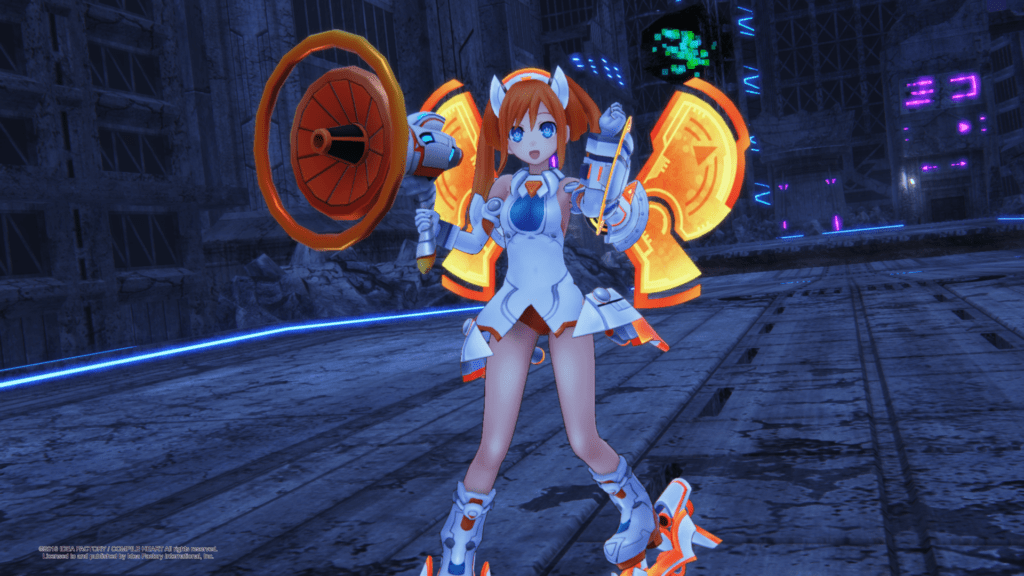
Gameplay
The game starts and is navigated from the ‘Player Room’. Here, you’ll find four options: ‘Gameplay’ starts or resumes the main story featured in Megadimension Neptunia VII, with some small adjustments. ‘VR Visits’ invites the Goddesses into the Player Room for a VR Event. ‘Room Objects’ allows you to modify the furnishings of the Player Room. Lastly, ‘Memories’ is the place where everything the player has experienced during the game is stored, allowing you to view and listen to any of the story scenes and music you’ve seen previously.
VR Events are compatible with PlayStation VR, which you’ll be prompted to use just before each events begins, though this is optional. Within VR Visits, you can select events from the four main series Goddesses: Neptune, Noire, Blanc, and Vert. There are times during a VR Event when an ‘Attention Marker’ will be displayed. By either looking towards or away from the Attention Marker, the on-screen character’s reactions will change. When a character is asking the Player a question, a [YES/NO] interface will be displayed. If responding Yes, nod your head up and down. If responding No, shake your head left and right. The alternative controller commands work by using the same directional inputs.
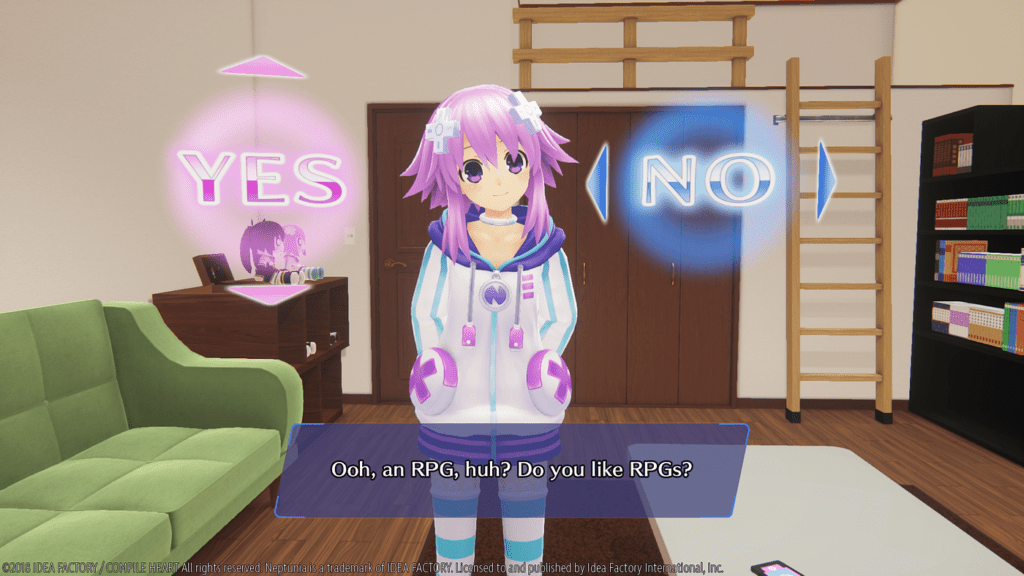
Jumping into the main game via ‘Gameplay’ puts you back into Neptunia VII, albeit with some tweaks and refinements. In the World map, the player can move to different ‘Points’, connected by ‘Routes’ which the player moves along. These Points can include ‘Cities’, ‘Bases’ and ‘Dungeons’. At any free point, the player can change their equipment, and story events may occur. At Cities and Bases, the player can select from five different items from the Menu.
‘Converse’ allows the player to talk to characters at the City or with your party members. There are times when main or side events will occur here as well. ‘Guild’ is the place where the player can accept side-quests. ‘Shop’ is where you can buy or sell items. The available inventory will improve as the story progresses. ‘Route Build’ allows the player to create new Routes across the World map at the cost of in-game credits. ‘Investment’ allows the player to develop the nearby city further. One can invest in ‘commerce’ to have more items in the shop, ‘industry’ to unlock more item and dungeon plans, and ‘public relations’ to trigger special events and rewards.
Dungeons are dangerous areas where monsters roam, treasures and destructible objects are found and key story events occur. Within a dungeon, enemies wander around, and by touching these avatars, a battle will begin which once successfully vanquished, will award the party with experience points, items and credits. When there’s an event within a dungeon, a [!] mark will be displayed on the screen and the mini-map. The event will begin once the player moves into the vicinity of this icon.
At the ‘Guild’, the player can take on various missions as ‘Quests’. By completing a quest, you can earn additional items and credits as rewards. A new kind of quest has been introduced in VIIR; a variant of the standard ‘hunt’ enemies quest. At the Guild, the player can accept special quests called ‘Bounties’. As they’re enemies with a bounty placed on them, they are more dangerous than regular enemies, and more difficult to defeat. While the player can expect greater rewards for defeating them, it’s best to prepare properly before challenging them. Similar optional battles also await challengers at the ‘Colosseum’.
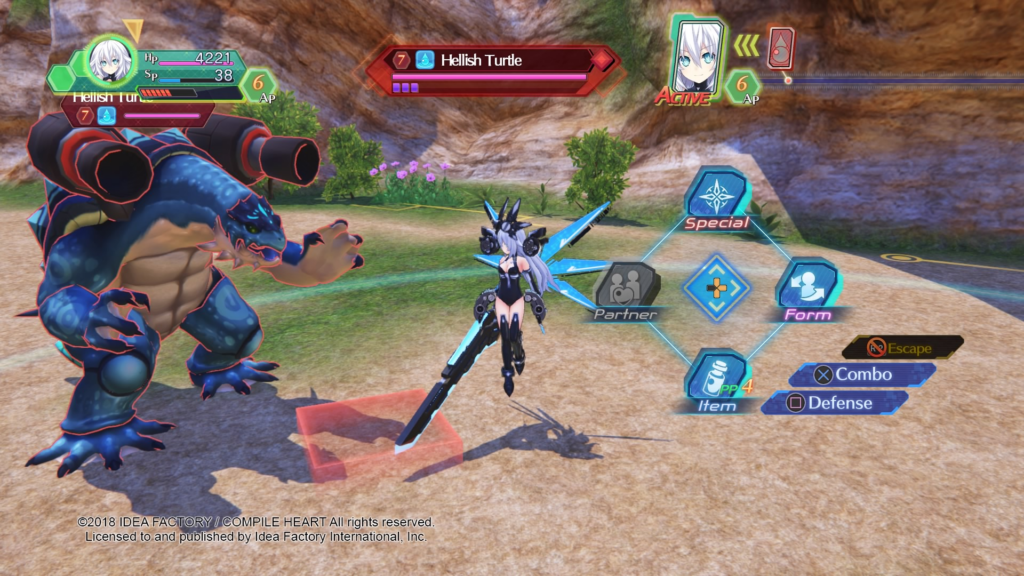
VIIR features a modified version of the turn-based battle system. Now, the player can setup a string of moves to form a combo in advance, rather than delivering blows on the fly. This game has a Command Battle system where the player charges, then performs actions. During the beginning of a turn, the player’s AP and SP will be charged. The player can perform actions until the character runs out of AP and SP, at which point the player can end the turn and defend themselves from incoming attacks.
Standard Combo attacks will be your basic moves and can be chained together. These will likely become the norm for clearing generic enemies. The range of attack and the Combo Skills you can set are dependent on the Skill Slots of your equipped weapon. Providing you still have enough AP and SP available after your combo, it’s entirely possible to follow up with a Special Skill attack for heavy damage. These can be used instead of Combo attacks too but usually have higher skill point requirements.
Special Skills will also be upgraded based on your character’s ‘Form’, which can be transformed based on the character in question. Goddess-type characters can transform into “HDD” or “Next Form” modes, while Gold Third human characters can transform into “Gold Form”. Items can be used both in and out of battle. When in battle, you will use up “Pocket Points” (PP) to use any usable items in your possession on their own or combine them with other items to strengthen the original item’s effectiveness.
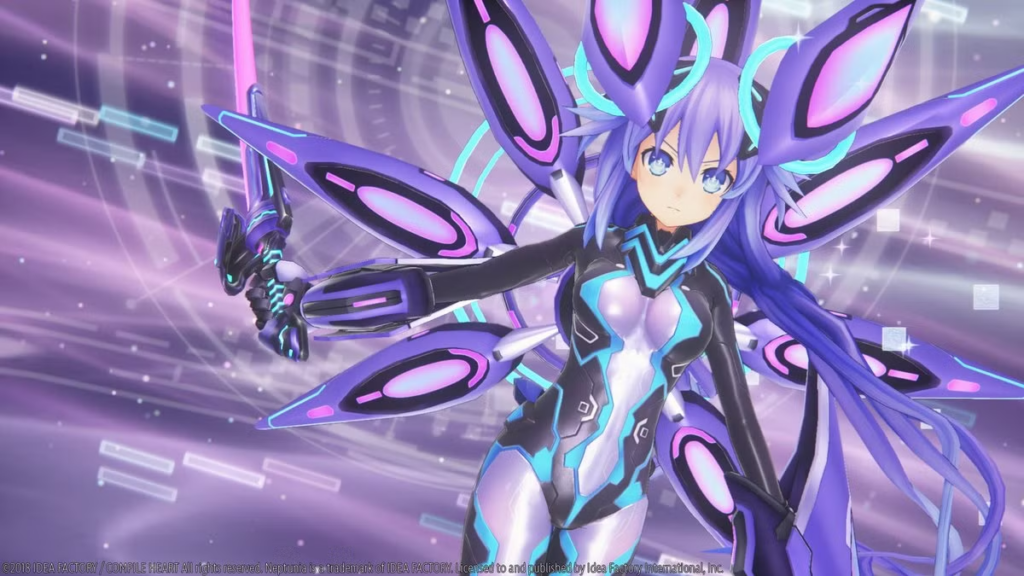
Graphics/Sound
For a game that looked pretty decent the first time around, especially when playing on PS4 Pro or PS5, VIIR’s switch to a new graphics engine has worked wonders for the presentation, with the environments in particular receiving a huge overhaul. Dungeon types, whether they’re of the older recycled variety or the newer multi-floor type, have all received a highly detailed texture upgrade. The level of detail is so hugely different and the lighting so contrasting that it’s almost like playing a whole new game.
Character models have a lovely, next-gen smoothness to them now with little touches added to hair movement and skin texture. Your party members will now also appear alongside you on the field which is a welcome addition. They’ll copy your environmental traversal and also chip in with little snippets of voice work based on their interactions with the world. The downside of this visual rebuild is that we no longer get a frame-rate boost when playing on PS4 Pro or PS5, with the game mostly stuck at 30FPS.
The music remains largely unchanged following the new intro, with some tracks returning once again from the older games, while the theme used in the Zero Dimension chapter overworld still makes for a memorably eerie and depressing opening. Don’t worry though, the battle theme is incredibly catchy and enjoyable, and the returning voice actors do a superb job as always. You can also listen to your favourite tracks from the Memories menu in the Player Room.
What may take you by surprise is that series fan-favourite Noire has a new voice here. Due to the complications with her SAG-AFTRA contract, Erin Fitzgerald’s lines as Noire are redubbed and replaced by Erica Mendez in the English dub. Mendez makes a solid effort at capturing Noire’s erratic personality, yet it’s clear she hasn’t quite had time to settle into the role yet.
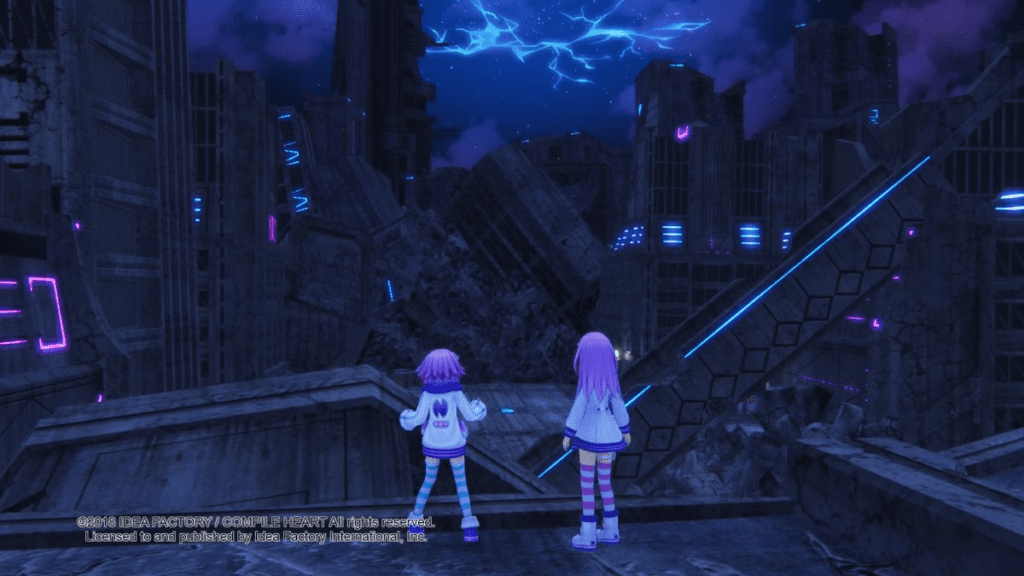
Replayability/Trophies
As always, you should enjoy the game first and foremost. Run through the game at your leisure, however you won’t get many trophies for doing so. Most trophies are related to side-content and high-level challenges so these are best saved for the post-game or second playthrough. As a note, the game only has one ending this time, so unlike VII, there are no fiddly extra requirements to worry about during your playthrough.
With a high-level party, you can take down the bounties available. This will not only bag you a few bounty trophies and significant progress towards ‘Bounty Master’, but it will also get you a large amount of credits which should make it easy to buy anything you need so long as you don’t go overboard. After that, there’s still plenty of other bits and pieces to keep you busy, such as discovering and completing hidden treasure challenges, clearing Guild rank challenges and high-risk bounties, or investing in cities to unlock later rewards.
You don’t need to worry about grinding the characters’ affection levels (Lily Ranks) this time if you’re platinum trophy hunting which will save a heck of a lot of time. Unlike the Re;Birth trilogy of remakes, DLC characters from the original game are absent in VIIR, though 16 base-game characters will give you plenty to play around with.
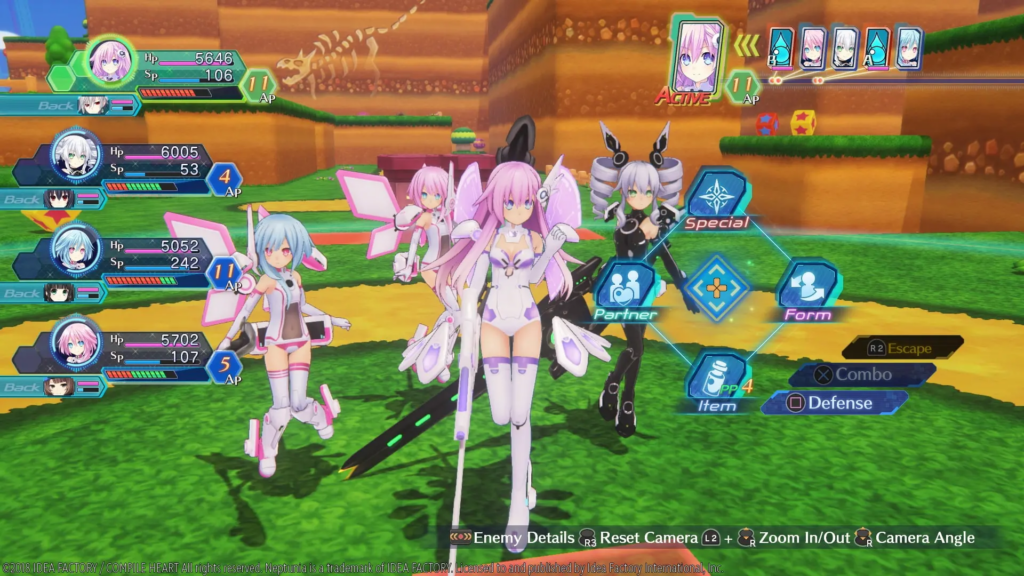
Conclusion
While VIIR doesn’t bring a whole lot of new features to the table, and probably not enough to warrant buying the game again at full price, what it does offer is a fine-tuned experience that fixes a couple of complaints about the first edition; The vague and confusing ‘true’ ending requirements are no longer applicable since the ‘bad’ ending has been removed entirely, making for a more rewarding experience. The trophies have also been simplified to reduce mandatory experimentation with the game’s optional mechanics, which weren’t very clear the first time around.
The game doesn’t tone down just how dark and depressing the story can be, particularly in the first chapter, however the fact that you’re playing through a simulation of these events rather than the events themselves helps take the edge off. This is also complimented by the regular breaks from the story as one of the bubbly, beautiful goddesses arrives in your virtual bedroom for a visit, featuring some flirty banter.
I’m still finding myself missing the extended cast, not necessarily from the DLC available for VII, but from the previous games themselves. Characters like Iris Heart and Yellow Heart will always deserve a place in my party, while the gorgeous Rei Ryghts has a permanent place in my heart. As lovely as they are, Uzume and Older Neptune don’t have quite the same impact.
An interesting twist here is that it feels like there’s a new protagonist at work behind the scenes this time. You’ll be playing primarily as Neptune, yes, but it’s Older Neptune that takes centre stage during the VR interludes, which is something I didn’t pay much attention to during my first playthrough, yet on reflection, it’s a clever teaser for things to come in the series.
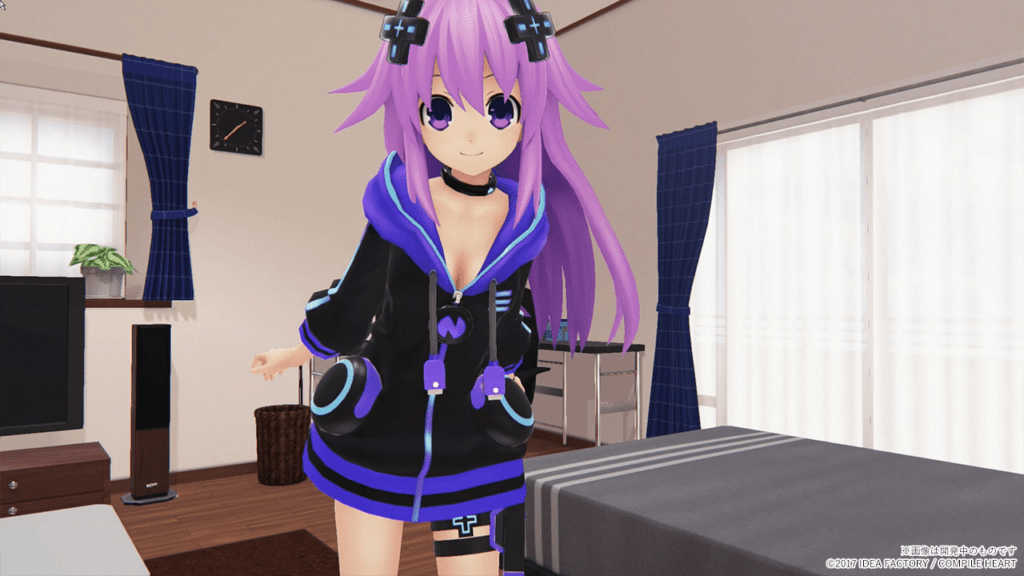
The base game felt like a fusion of three games squashed together, which is exactly what it was, however it now feels like a fourth has been added to the mix, with a Neptunia interactive VR experience being a potential concept for a whole new game, yet instead a small sample of it has been broken up into charming bonus content featured here. It’s an odd yet not unpleasant experience.
On the other hand, it does make one wonder if VIIR or some similar version of it would work better as a paid DLC pack for VII, though taking into consideration the hefty graphical upgrade and combat changes, this is likely impossible. Where folks will be divided is how much this revised experience is worth, since we’re essentially playing the same game again with some added bells and whistles. To quote a line from an earlier Neptunia game, “No content can be made for free”.
At full price, this package is rather expensive if you’ve already invested in VII, which is why I’m very pleased to see the game get a swift price drop. I still wonder if some alternative might have been a more cost-effective option, such as giving VII a basic performance patch or two while using the new VR content to create a more fleshed-out separate VR mini-game, which could make better use of dating-sim aspects and that iconic Neptunia-brand fan-service.
But, let’s focus on what we do have rather than what we don’t. Credit where credit is due, Megadimension Neptunia VIIR does address some of the issues I had about the first edition and still delivers a hell of a lot of content with a decent visual overhaul. It’s not quite the perfect, definitive classic Neptunia package (please port Re;Birth 3 to current consoles, Idea Factory) but it’s the best we’ve got, at least for now.
Joys
- An impressive visual overhaul
- Very welcome fine-tuning added to the ending and trophy requirements
- The same epic adventure underneath
Cons
- There won’t be enough new content here to impress many series veterans
- The frame-rate isn’t great
